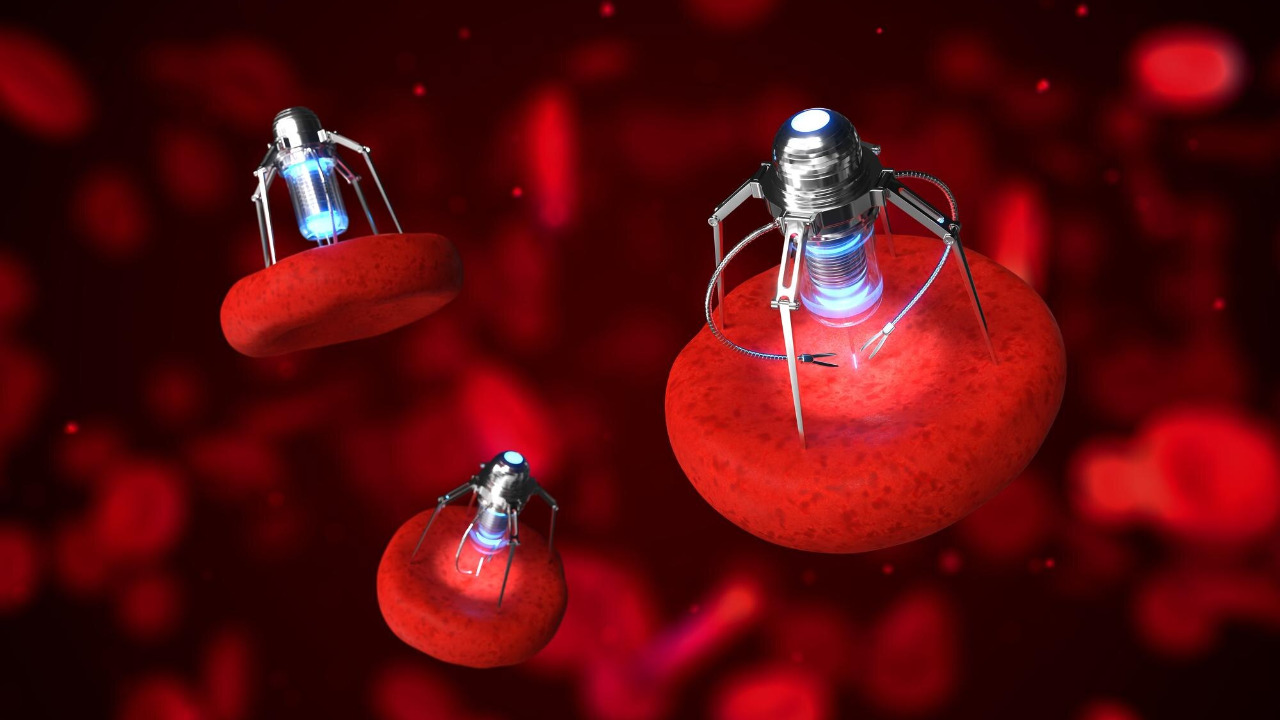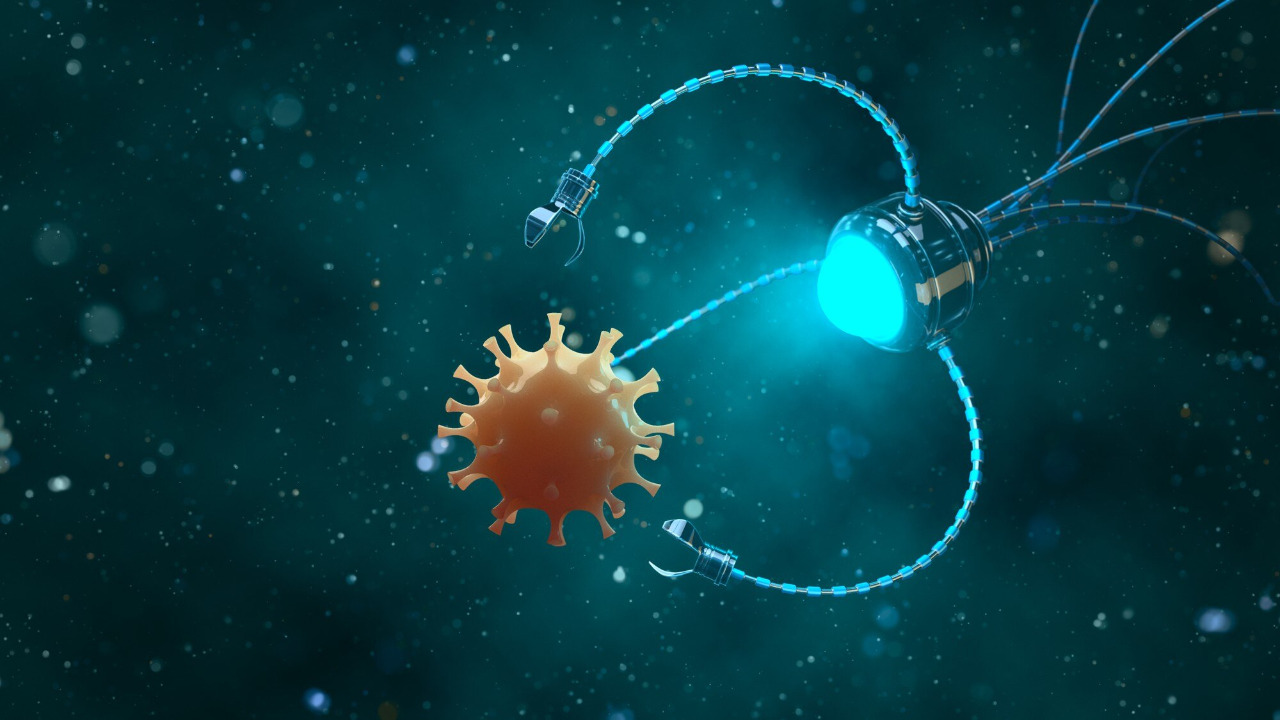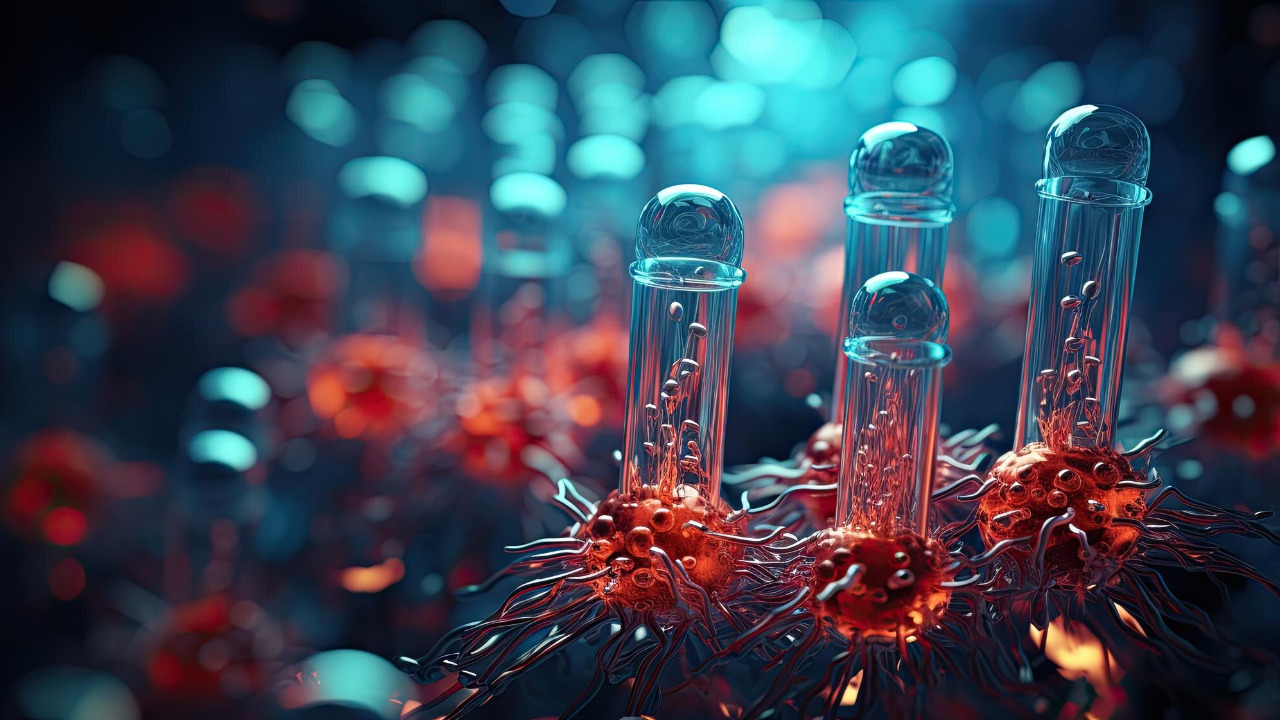
Recent advancements in nanotechnology have paved the way for innovative approaches in the fight against cancer. Scientists have unveiled groundbreaking cancer-fighting nanobots, promising a revolution in targeted cancer therapy. These nanobots aim to enhance treatment efficacy while minimizing side effects.
The Science Behind Nanobots

Understanding Nanotechnology in Medicine
Nanotechnology, a field characterized by the manipulation of matter on an atomic, molecular, and supramolecular scale, has found a pivotal role in modern medicine. It involves designing and employing tiny devices, known as nanobots, to interact with biological systems at the cellular level. These nanobots are engineered to seek out cancer cells, delivering precise treatment directly to them, thereby minimizing collateral damage to healthy cells.
The application of nanotechnology in medical treatments has opened new avenues for research and development in oncology. Nanobots are crafted from biocompatible materials, which ensures that they can navigate the human body without provoking immune responses. Their design allows them to recognize cancer cells through specific markers, making them a powerful tool in the precision-targeted eradication of tumors.
Mechanisms of Action
The ability of nanobots to identify and target cancer cells relies on sophisticated mechanisms. They are equipped with sensors that detect unique markers on the surface of cancer cells, enabling them to differentiate between healthy and malignant tissues. Once they latch onto a cancer cell, the nanobots can release therapeutic agents directly into the tumor environment. This targeted approach not only increases the potency of the drugs but also reduces systemic exposure and unwanted side effects.
Delivery of therapeutic agents is facilitated by advanced nanocarriers embedded within the nanobots. These carriers control the release of drugs in a manner that maximizes their effect on tumors while sparing healthy tissues. Such precision in drug delivery is a significant advancement over traditional chemotherapy, which often affects both cancerous and healthy cells indiscriminately. The ability to localize treatment significantly enhances the efficacy of cancer therapies.
Development Process and Milestones
Research and Collaboration

The journey to developing cancer-fighting nanobots has been a collaborative effort, involving partnerships between leading scientific institutions worldwide. Over the past two decades, researchers have pooled resources and expertise, culminating in numerous milestones that have advanced our understanding and capabilities in nanotechnology. These collaborations have been pivotal in overcoming the technical and logistical challenges associated with designing and deploying nanobots in clinical settings.
Key milestones achieved during this period include breakthroughs in the materials used for constructing nanobots and the refinement of their targeting mechanisms. These advancements have brought scientists closer to realizing the full potential of nanobots in cancer therapy, setting the stage for their integration into mainstream oncological practices. The synergy between researchers from different fields has been crucial in bridging gaps and accelerating the pace of innovation.
Technological Innovations
Central to the success of nanobots is the innovation in materials and design that underpins their functionality. Recent developments have led to the creation of more robust and adaptable nanobots capable of withstanding the complex biological environment of the human body. Advances in nanomaterials have allowed for the creation of structures that not only enhance the durability of nanobots but also improve their therapeutic payload capacity.
One of the significant challenges that researchers faced was scaling production while ensuring safety and efficacy. Overcoming these hurdles has required meticulous planning and testing, as well as adherence to stringent regulatory standards. By addressing these challenges, scientists have managed to create a scalable model for producing nanobots, ensuring that they are both safe and effective for use in humans.
Clinical Trials and Findings

Initial Trials and Results
The first clinical trials involving cancer patients have provided promising results for the use of nanobots in oncology. These trials, conducted at leading research hospitals, have shown that nanobots can effectively target and destroy cancer cells while sparing healthy tissues. Success rates have been encouraging, with a significant reduction in tumor size observed in many patients, alongside a decrease in the side effects typically associated with conventional therapies.
Despite the positive outcomes, some side effects were noted, including mild fatigue and localized discomfort at the treatment site. However, these were considerably less severe than those experienced with traditional chemotherapy. These findings suggest that nanobots hold the potential to transform cancer treatment by offering a more targeted and tolerable option for patients.
Patient Outcomes and Feedback
Patients who participated in the trials have reported significant improvements in their quality of life. Many have shared testimonials highlighting the reduced side effects and increased efficacy of nanobot therapies compared to their previous experiences with cancer treatments. The feedback from these patients has provided valuable insights into the real-world application of nanobots in oncology and has helped refine treatment protocols to better meet patient needs.
The impact on patients’ quality of life has been profound, with many expressing optimism about their prognosis. The ability to undergo treatment with fewer side effects has enabled patients to maintain their daily routines and enjoy a better quality of life. The positive experiences reported by trial participants have bolstered the case for further development and wider adoption of nanobot therapies in cancer treatment.
Potential Impact on Cancer Treatment

Advantages Over Traditional Therapies
Nanobot therapy offers several advantages over conventional cancer treatments, such as chemotherapy and radiation. One of the most significant benefits is the reduction in side effects, as nanobots deliver treatment directly to the tumor site, minimizing exposure to healthy cells. This targeted approach enhances the precision of cancer therapy, allowing for higher doses of treatment to be administered safely.
Compared to traditional therapies, the use of nanobots also allows for more personalized treatment plans. By tailoring therapy to the specific characteristics of a patient’s cancer, nanobots can improve treatment outcomes and reduce the likelihood of resistance developing. This level of customization represents a significant leap forward in the field of oncology, providing hope for better patient outcomes and prolonged survival.
Future Implications for Oncology
As research progresses, the integration of nanobots into mainstream cancer treatment protocols appears increasingly likely. The potential for combining nanobot therapy with existing modalities offers a promising avenue for enhancing overall treatment efficacy. Additionally, ongoing research is exploring the possibility of using nanobots to treat other diseases, such as cardiovascular conditions and neurodegenerative disorders.
The future of oncology may well be shaped by the continued development and refinement of nanobot technologies. As we move closer to realizing the full potential of these tiny machines, their impact on cancer treatment could be transformative, offering new hope to patients and healthcare providers alike.
Ethical and Regulatory Considerations

Addressing Ethical Concerns
The use of nanobots in medicine raises important ethical questions that must be addressed to ensure their responsible deployment. Concerns about privacy, consent, and the potential for misuse of nanotechnology are at the forefront of ethical discussions. It is essential to establish frameworks that protect patients’ rights and ensure transparency in how these technologies are used.
Strategies for ensuring ethical deployment in clinical settings include developing guidelines for informed consent and establishing rigorous oversight mechanisms. By fostering open dialogue between scientists, ethicists, and the public, we can navigate the ethical landscape and build trust in the use of nanobots for therapeutic purposes.
Regulatory Challenges
The regulatory landscape for approving nanobot therapies is complex and evolving. Ensuring compliance with safety and efficacy standards is paramount, requiring rigorous testing and validation. Regulators must balance the need for innovation with the necessity of protecting patient safety, which can be a challenging task.
Steps taken to address these challenges include the development of comprehensive regulatory frameworks that accommodate the unique characteristics of nanobots. By working closely with regulatory bodies, researchers can ensure that nanobot therapies meet the highest standards of safety and effectiveness, paving the way for their widespread adoption in clinical practice.